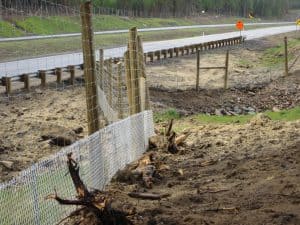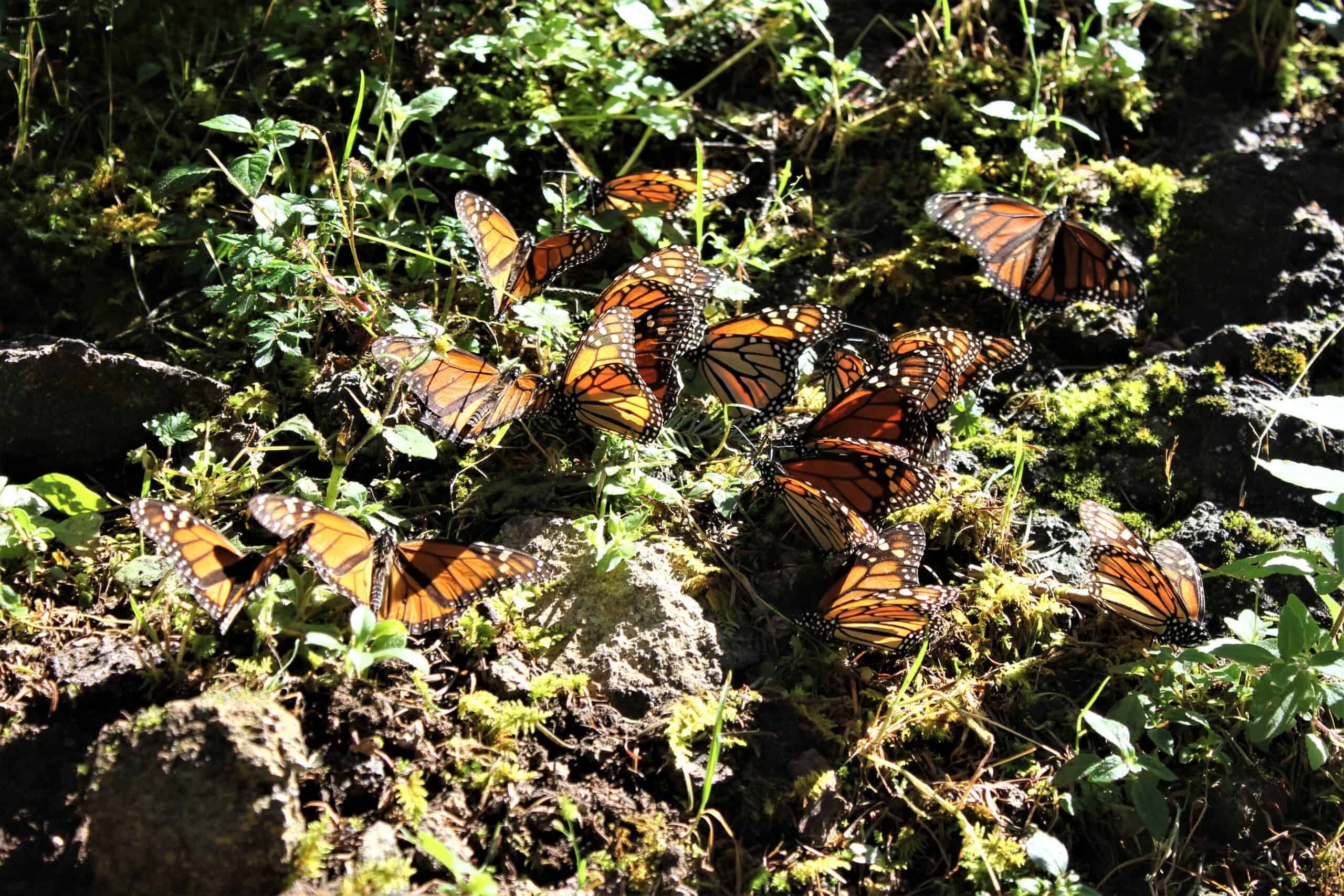Share this article
Fences best at reducing roadkill
The most effective mitigation strategy for reducing roadkill around the world is using fences, according to a recent meta-analysis.
As part of a recent study published in the journal PloS One, researchers compiled all of the studies they could find on ways to reduce roadkill throughout the world to determine which measure was most successful.
Jochen Jaeger, an associate professor at the Department of Geography, Planning and Environment at Concordia University in Montreal, and his colleagues compiled peer-reviewed studies and government reports. They also received information from road ecologists that participated in conferences about wildlife and roads.
The team narrowed down over 1,000 studies and was able to use 50 that had enough information including replication, control sites or data on roadkill before and after the measures were taken.
The team found that mitigation measures reduced roadkill by 40 percent on average, compared to road sections where no measures were taken. Fences were the most successful mitigation measure, resulting in the largest reduction of roadkill for large mammals.
Fences used with or without crossing structures reduced roadkill by 54 percent for all species combined, including mammals, amphibians, reptiles and birds, Jaeger said. For large mammals alone, the combination of fencing and crossing structures resulted in an 83 percent reduction of roadkill.
Animal detection systems reduced large-mammal roadkill by 57 percent. Cheaper measures, such as roadside signs, proved unsuccessful in reducing roadkill, Jaeger said, and guard rail reflectors, popular in Europe, seem to be effective for a few months until the animals appear to get used to them.
While fences are the most effective, Jaeger said, they ought to include areas where animals can cross. “If you fence the road entirely and have no crossing structures on the road, the animals can’t recolonize empty habitats,” he said.
Jaeger said he hopes to use the successes and failures already on the landscape as experiments in reducing roadkill.
“If we are constructing roads that are affecting wildlife negatively and add mitigation measures that may or may not be effective,” he said, “we might as well learn from it each time we do it, so we can improve in the future, rather than repeating the same mistakes over and over again.”
Header Image: A remote camera captures a red fox as it passes through an underground crossing structure. Fences and crossing structures used together were shown to be the best ways to reduce roadkill in a recent study. ©Concordia University Montreal









